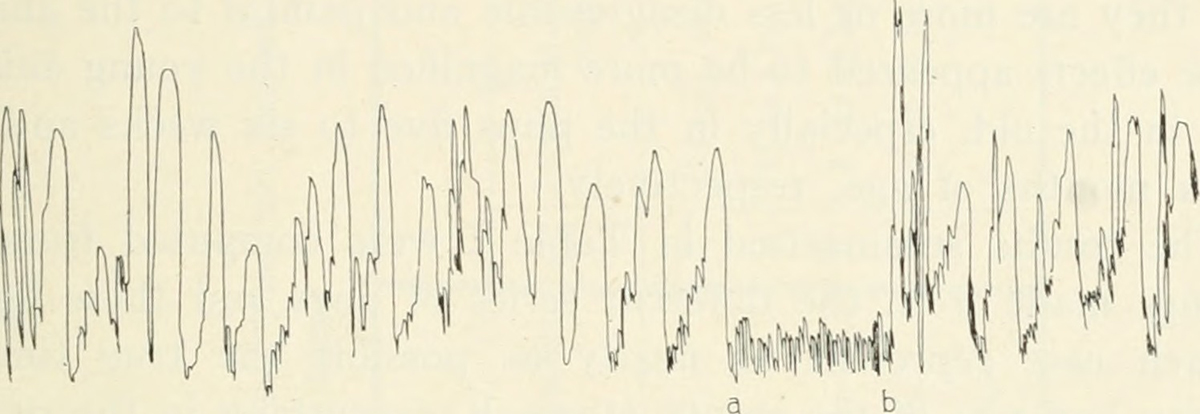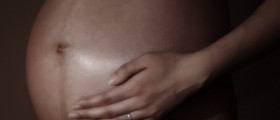
Braxton Hicks and real labor contractions are still confusing so many people. Even though the women are affected by the both of these contractions, men could also be affected indirectly, mostly trying to help their partner to decide whether they should hurry to the hospital or not.
First of all, we should explain what Braxton Hicks contractions are. Every pregnant woman experiences some contractions of the uterus, starting even in the first semester of her pregnancy. These contractions are only temporary, mild and usually cause more discomfort than real pain. Some pregnant women might not even be aware of those contractions, because the uterine wall doesn’t contract much at the beginning of the pregnancy.
Later on, in the second and third semester, body of a pregnant woman produces oxytocin. This hormone is responsible for stronger contractions of the uterine wall and these are the labor contractions.
What differentiates Braxton Hicks from real contractions are: the pain, duration of contractions, frequency of these contractions and felt pressure.
Contraction Pain
This is one of the most important ways to say which contractions you are feeling. Braxton Hicks contractions are usually mild, and the pain (if there is any) is only transient. Even though these contractions are also caused by the increase of oxytocin levels, because oxytocin rises only temporary, the contraction pain is not so bad. Intensity of the pain becomes much stronger once there are real contractions. Labor pain is also increasing pain, because it goes only upwards, it hurts more and more, until the childbirth.
Duration
Braxton Hicks contractions are constant in duration and they always last the same time. Real labor contractions may start with only a couple of seconds, but then they progress. Over time, since the childbirth is getting closer, these contractions gradually increase the duration to a minute or two, until the child is born.
Frequency
Another helpful marker to differentiate contractions is frequency. Braxton Hicks contractions always occur regularly, with the same pauses. Real contractions increase their frequency once the labor is getting nearer, so at the time of the childbirth woman might experience contractions every few minutes.
Pressure
There is no or some very mild pressure present in the Braxton Hicks contractions. Labor, however, accumulate the pressure on the cervix and the vagina of the future mom, in order to push the unborn child to the birth canal. As the contractions, pain and duration increase, so does the pressure in real contractions, until the labor.















Your thoughts on this
Loading...